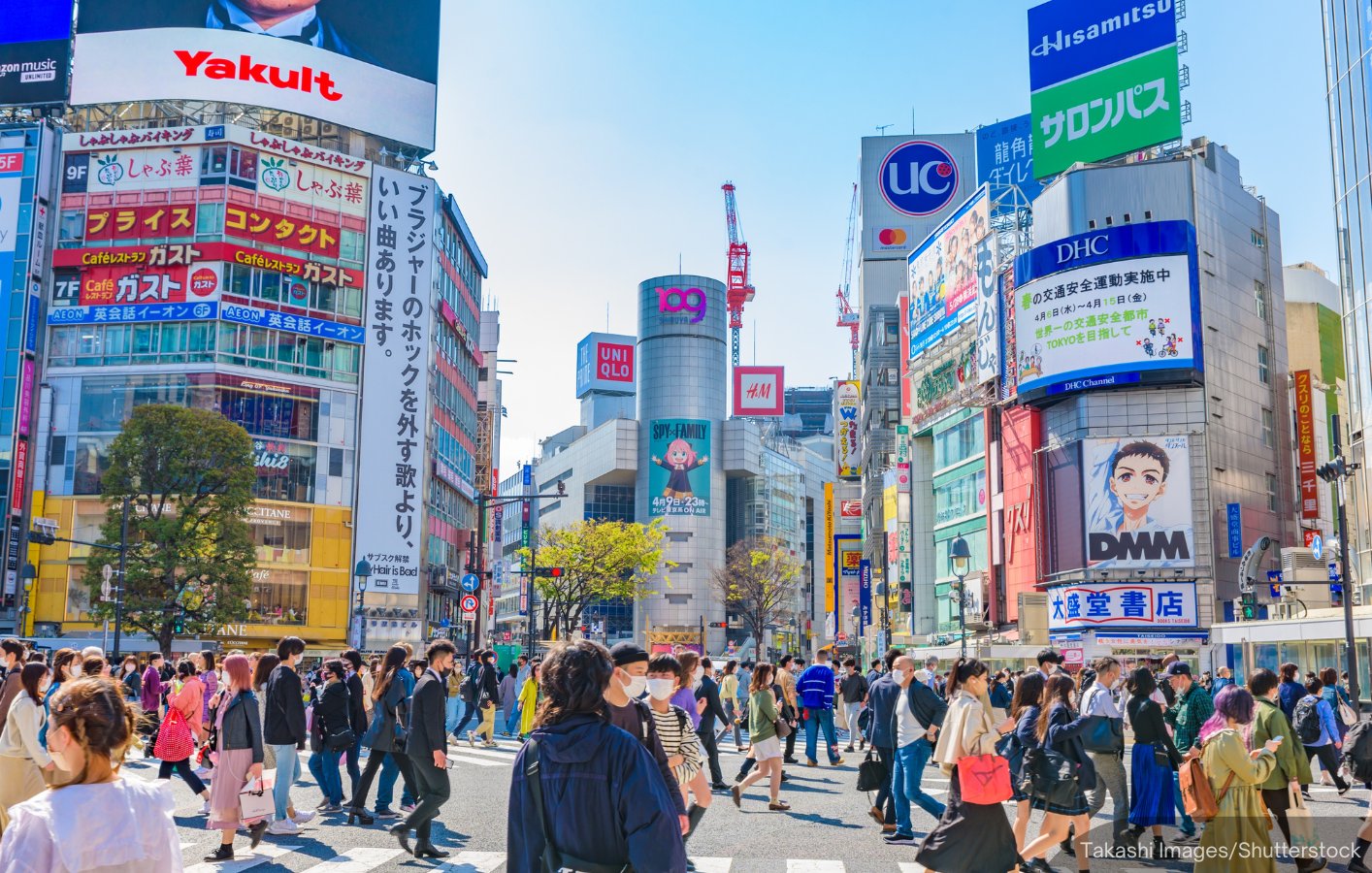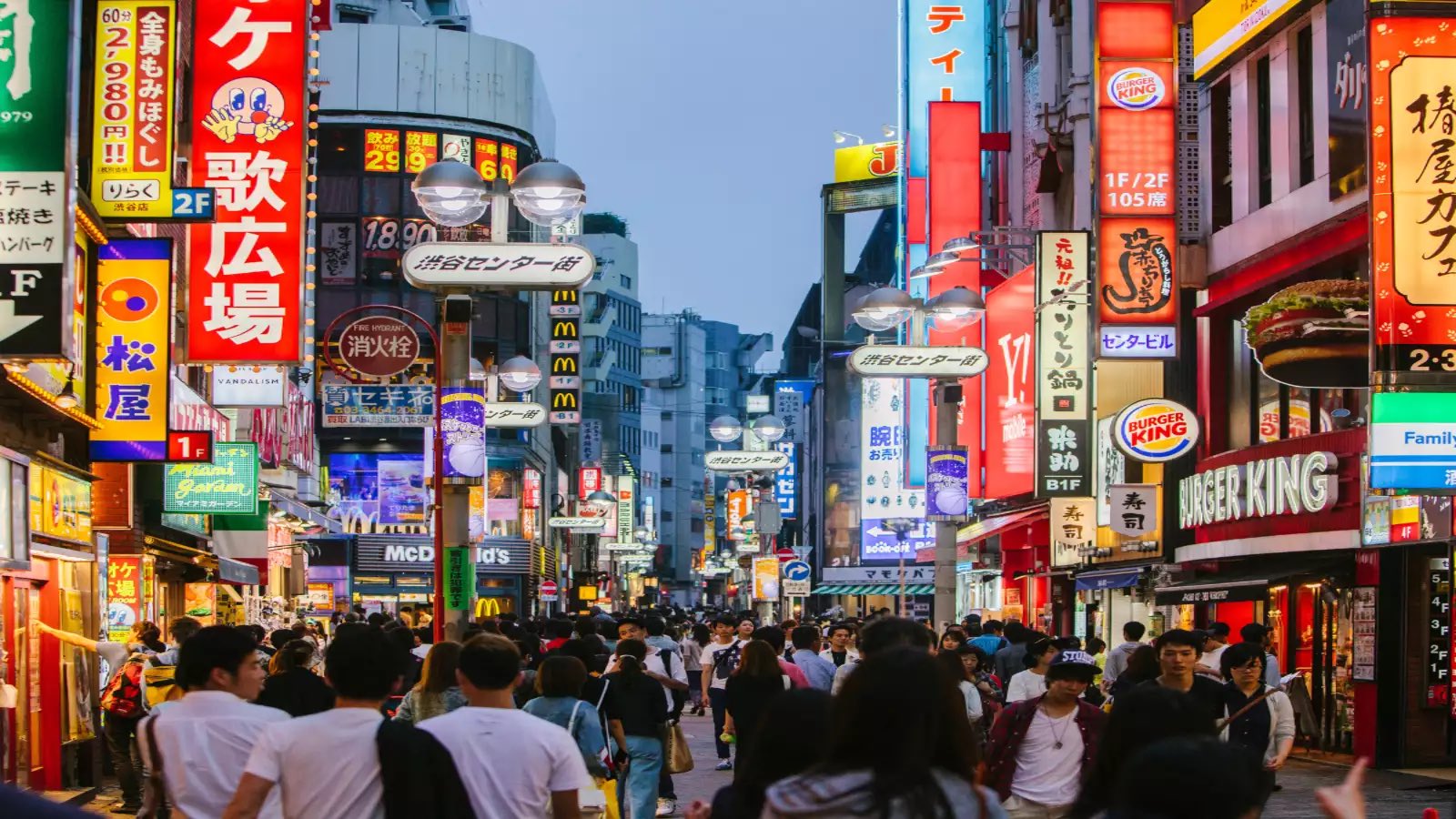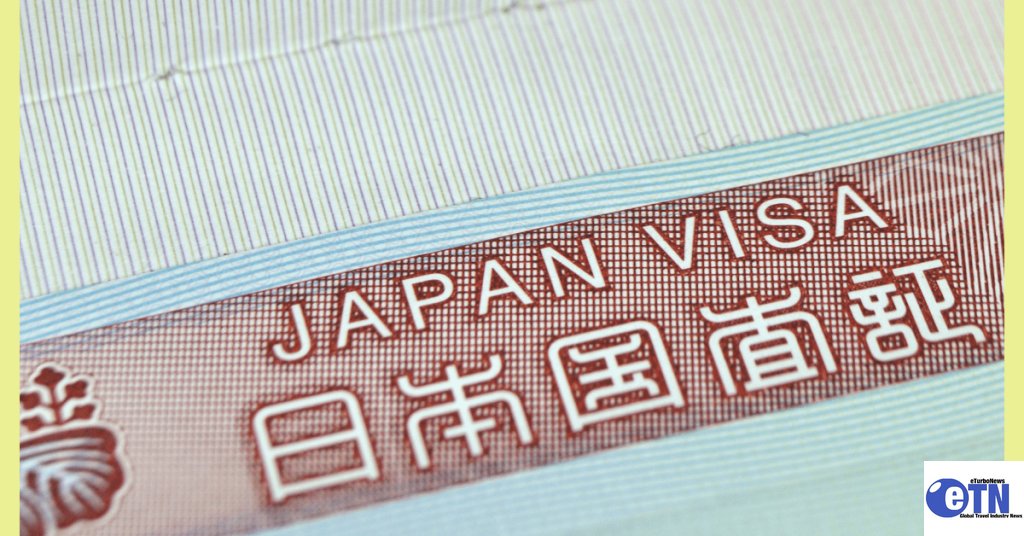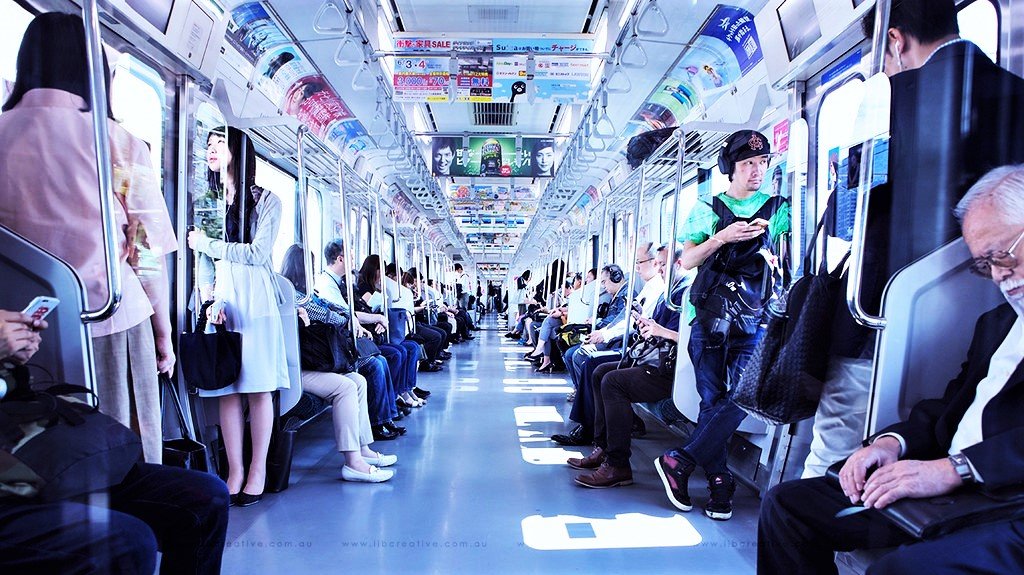You can verify your eligibility before traveling by visiting this link (CLICK HERE)

Top Stories
Japan has taken a significant step toward revitalizing its tourism industry by launching a new electronic visa (eVisa) system that simplifies the entry process for travelers from ten countries. This initiative, effective from May 23, 2025, reflects Japan’s commitment to welcoming more international visitors in a fast, secure, and convenient manner following the easing of global travel restrictions.

By allowing eligible tourists to apply online and receive approval within days, the eVisa system eliminates the traditional requirement of visiting Japanese embassies or consulates, thereby reducing wait times and administrative burdens. This move is part of Japan’s broader strategy to boost inbound tourism, which is a vital component of the country’s economy, especially as it prepares to host several international events and expand cultural exchanges.

The eVisa permits stays of up to 90 days for tourism and short-term visits, making Japan more accessible to travelers from Australia, Brazil, Cambodia, Canada, Saudi Arabia, Singapore, South Africa, Taiwan, the United Kingdom, and the United States.
How to Apply for the Japan eVisa
Eligible travelers can follow these steps to apply for the eVisa:
Check Eligibility and Prepare Documents:
Applicants should first confirm their eligibility based on nationality and residence. Required documents typically include a valid ordinary passport, a recent passport-sized photo, proof of financial means (such as bank statements), a detailed travel itinerary (including flight and accommodation information), and, if applicable, a letter of invitation.
Create an Account and Start Application:
Visit the official official JAPAN eVISA website and register an account with your email and personal details. After logging in, select “new registration” to begin your application.
Fill Out the Application Form:
Enter your personal information and travel details. Upload all required documents, ensuring that your passport’s photo page and your photo meet the specified guidelines.
Submit Application and Pay Fee:
Double-check all details for accuracy, then submit your application and pay the visa fee online using a credit or debit card. You will receive an email confirmation upon successful submission.
Application Review:
Standard processing time is about five business days, but may be longer if additional documents or an interview are required. Applicants will be notified by email if further information is needed.
Receive and Present the eVisa:
Once approved, you will receive a “visa issuance notice.” This must be displayed on your smartphone or tablet with internet access when checking in for your flight or at the port of entry. Printed or screenshot copies are not accepted.
Special Notes and Requirements
The eVisa is a single-entry permit valid for up to 90 days and is only for tourism or short-term visits. Extensions are not permitted; travelers must leave Japan before the visa expires.
The eVisa is only valid for those entering Japan by air or on specified international ferries.
- For Chinese and Vietnamese nationals, special procedures apply: Chinese applicants must use accredited agencies, and Vietnamese applicants must join designated package tours.
- The Ministry of Foreign Affairs of Japan recommends applying at least 1.5 months before your planned departure to avoid delays, as there are no expedited processing services.
- Applicants may be asked to attend an interview at a Japanese overseas establishment if further verification is needed.
- Travelers should beware of unofficial or fraudulent websites and always use the official JAPAN eVISA portal.
Japan’s eVisa initiative is part of a broader effort to modernize its border procedures and promote tourism, offering a more convenient and efficient entry process for eligible travelers. For the most accurate and up-to-date information, refer to the official Ministry of Foreign Affairs of Japan website or the Japanese overseas establishment with jurisdiction over your place of residence.












.jpg)



























.jpg)





.jpg)
%20-%20Copy.jpg)
















.jpg)
